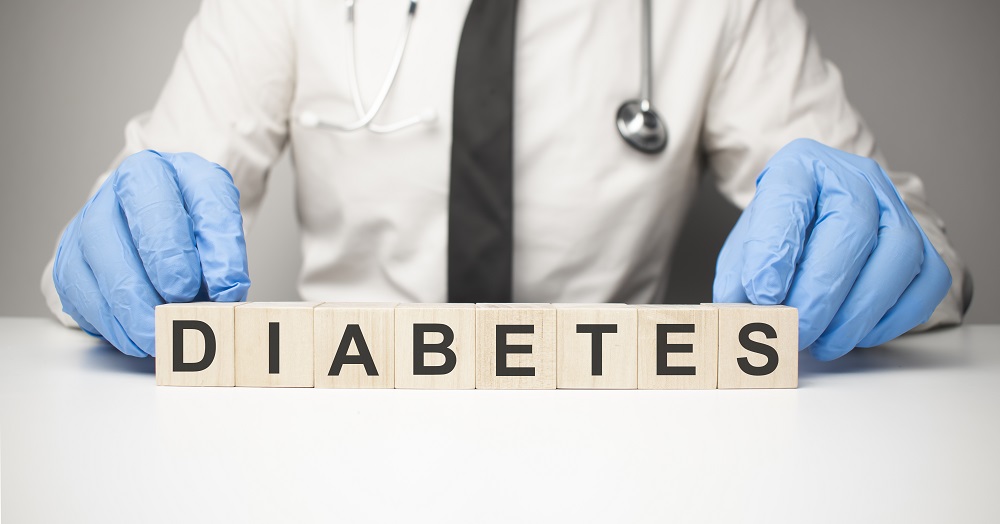
- February 18, 2022
- drsfurtimann
- 0
Overview
Diabetic hyperosmolar (hi-pur-oz-MOE-lur) syndrome is a serious condition caused by extremely high blood sugar levels. The condition most commonly occurs in people with type 2 diabetes. It’s often triggered by illness or infection.
As a result of diabetic hyperosmolar syndrome, your body tries to rid itself of the excess blood sugar by passing it into your urine. Left untreated, diabetic hyperosmolar syndrome can lead to life-threatening dehydration. Prompt medical care is essential.
Symptoms
Diabetic hyperosmolar syndrome can take days or weeks to develop. Possible signs and symptoms include:
- Blood sugar level of 600 milligrams per deciliter (mg/dL) or 33.3 millimoles per liter (mmol/L) or higher
- Excessive thirst
- Dry mouth
- Increased urination
- Warm, dry skin
- Fever
- Drowsiness, confusion
- Hallucinations
- Vision loss
- Convulsions
- Coma
Consult your doctor if your blood sugar is persistently higher than the target range your doctor recommends, or if you have signs or symptoms of diabetic hyperosmolar syndrome, such as:
- Excessive thirst
- Increased urination
- Warm, dry skin
- Dry mouth
- Fever
- Your blood sugar level is 400 mg/dL (22.2 mmol/L) or higher and doesn’t improve despite following your doctor’s instructions for treatment. Don’t wait until your blood sugar is high enough to cause diabetic hyperosmolar syndrome.
- You have confusion, vision changes or other signs of dehydration.
Causes
Diabetic hyperosmolar syndrome may be triggered by:
- llness or infection
- Not following a diabetes treatment plan or having an inadequate treatment plan
- Certain medications, such as water pills (diuretics)
